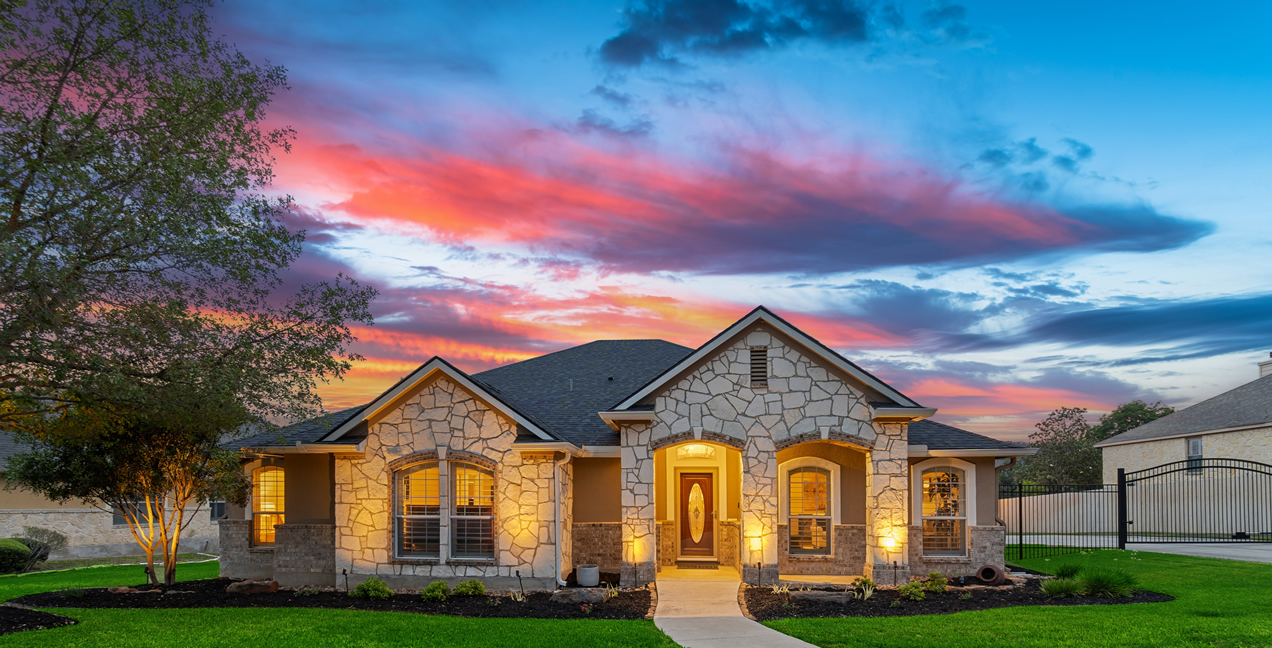About the Author

Roofmasters
30+ Years
Rooted in experience and built on trust, we deliver high-quality roofing, solar, and gutter solutions that safeguard your property and elevate its long-term value.
Tile vs. Shingle Roofs in California: Which One is Right for You?
Choosing the right roofing material for your California home is a major decision. With a wide range of weather conditions—from coastal humidity to inland heat and wildfire risk—your choice needs to balance durability, cost, aesthetics, and local climate performance. In this post, we break down the pros and cons of tile and shingle roofs to help you make an informed decision.

Overview of Each Roofing Type
Tile Roofs
Typically made from clay or concrete, tile roofs are known for their classic style, especially on Mediterranean, Spanish, or Southwestern-style homes. They offer excellent durability and resistance to the elements.
Shingle Roofs
The most common roofing type in the U.S., asphalt shingles are made from a fiberglass base coated with asphalt and granules. They’re affordable, versatile, and available in many styles and colors.
2. Missing or Damaged Shingles
Common Causes of Shingle Damage
- Strong winds
- Hail storms
- Aging and wear
Durability & Lifespan
- Tile Roofs: Can last 50 to 100 years with proper maintenance. They’re resistant to rot, insects, and fire.
- Shingle Roofs: Typically last 20 to 30 years, though high-end architectural shingles can extend that lifespan.
California Takeaway: If you’re building a long-term home in a dry or coastal region, tile offers more durability. Shingles are great for budget-friendly replacements or shorter-term ownership.
Cost
- Tile Roofs: Higher upfront cost. Installation is labor-intensive, and the roof structure may need reinforcement to support the added weight.
- Shingle Roofs: More cost-effective upfront. Easier and quicker to install and repair.
California Takeaway: Shingles are the better option if you want to keep installation costs down. Tile roofs pay off over the long term with fewer replacements.
Energy Efficiency
- Tile Roofs: Excellent at reducing heat transfer. The air space under the tiles improves airflow, helping your home stay cooler.
- Shingle Roofs: Reflective options are available, but they generally absorb more heat than tile.
California Takeaway: For hot inland areas like Sacramento or the Central Valley, tile roofs offer better energy efficiency. In milder regions, upgraded shingles with solar-reflective granules can perform well too.
Wildfire Resistance
- Tile Roofs: Non-combustible and Class A fire-rated, ideal for wildfire-prone areas.
- Shingle Roofs: Asphalt shingles can also be Class A rated when installed with proper underlayment.
California Takeaway: Both can meet fire safety codes, but tile provides more natural resistance without upgrades.
Weight & Structural Requirements
- Tile Roofs: Heavier. Not all homes are built to support them without retrofitting.
- Shingle Roofs: Lightweight. Suitable for most existing structures without modification.
California Takeaway: Consider a structural evaluation before switching to tile, especially on older homes.
Aesthetic Appeal
- Tile Roofs: Traditional and upscale. Available in curved, flat, and interlocking styles.
- Shingle Roofs: Wide range of colors and textures. Can mimic the look of wood, slate, or even tile.
California Takeaway: It comes down to style. Tile fits homes with Mediterranean or Spanish architecture. Shingles offer more flexibility for modern and traditional home designs.
Maintenance & Repairs
- Tile Roofs: Durable but brittle. Cracked tiles should be replaced quickly. Underlayment may need attention every 20–30 years.
- Shingle Roofs: Easier to repair. Common issues include curling, cracking, and granule loss.
California Takeaway: Shingle maintenance is simpler, but tile roofs need fewer repairs over time if maintained well.
Environmental Impact
- Tile Roofs: Made from natural materials and often recyclable.
- Shingle Roofs: Petroleum-based. Some types are recyclable, but most end up in landfills.
California Takeaway: If sustainability matters, tile has a lower environmental footprint.
Final Verdict: Which One Should You Choose?
Go with Tile if you:
- Plan to stay in your home long-term
- Live in a high-heat or wildfire-prone zone
- Want maximum durability and energy efficiency
- Love the aesthetic of Mediterranean or Spanish architecture
Go with Shingles if you:
- Want a cost-effective roofing solution
- Need something quick and easy to install
- Live in a milder climate or coastal zone
- Prefer versatile design options on a budget
Ultimately, there’s no one-size-fits-all answer. Your location, budget, home style, and long-term plans all play a role. Consulting with a local roofing expert like Roofmasters can help you evaluate your options and choose the best fit for your property and lifestyle.
Need a Professional Opinion?
Contact our expert roofing team today for a free inspection and quote!





